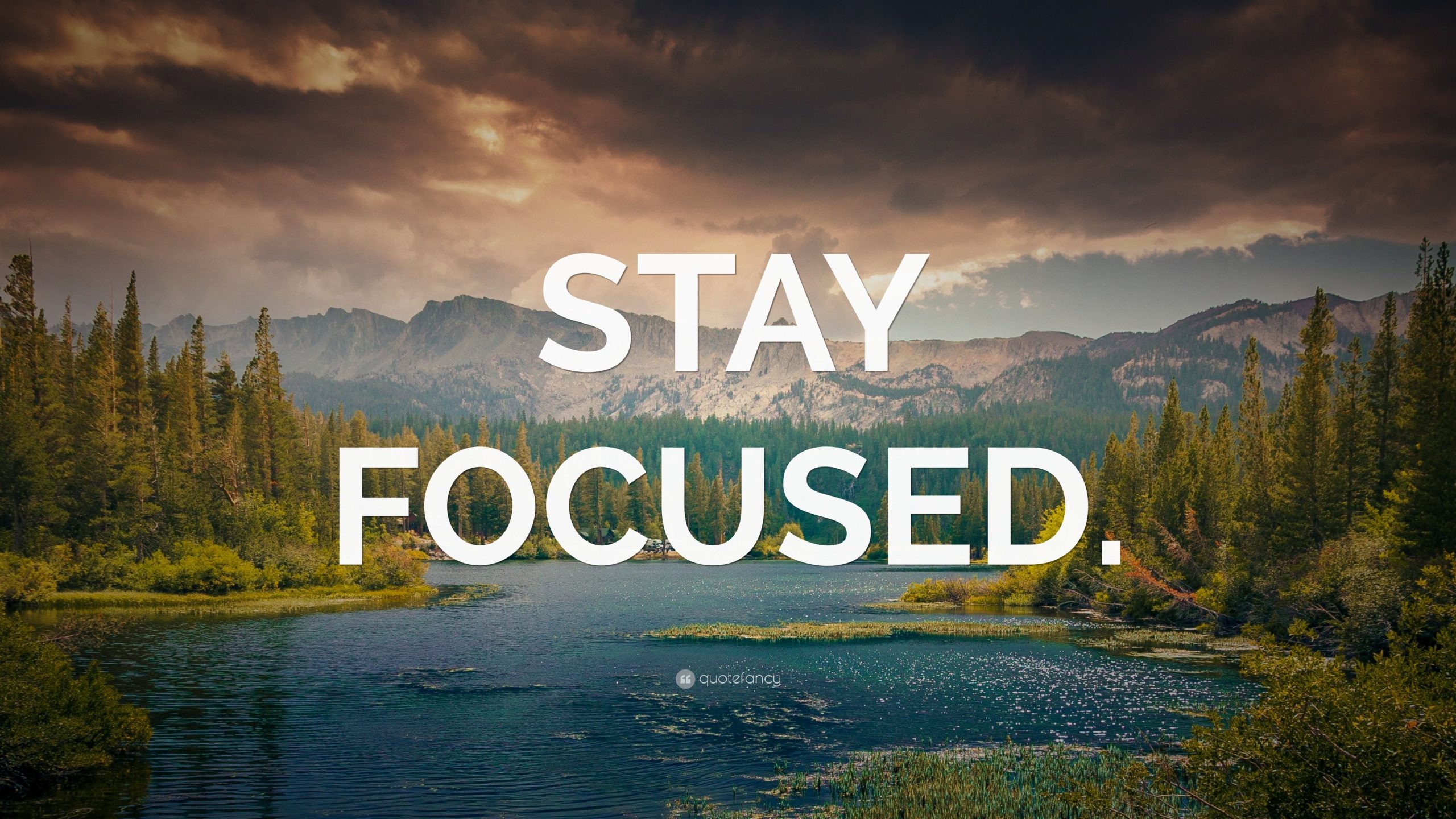
Ireland, a land steeped in ancient lore, breathtaking landscapes, and a warmth that permeates its people, beckons travelers with promises of unforgettable experiences. From rugged coastlines to vibrant cityscapes, from the echoes of Viking raids to the lyrical verses of its poets, Ireland offers a tapestry of attractions woven with centuries of history and vibrant modern culture. Deciding where to stay is the first crucial step in unlocking the magic of the Emerald Isle. This comprehensive guide will equip you with everything you need to know, from its most captivating destinations to practical tips for navigating this enchanting island.
Unveiling Ireland’s Top Attractions: A Tapestry of Wonders
Ireland’s allure lies in its diverse offerings, catering to every kind of traveler. Here are some of its most iconic and beloved attractions:

Related Articles about Emerald Dreams and Cozy Castles: Your Ultimate Guide to Where to Stay in Ireland:
- Georgia on a Budget: Unveiling the Charm of the Caucasus Without Breaking the Bank
- Unveiling the Charms of the Netherlands: A Comprehensive Guide to Top Attractions
- Yogyakarta: The Soul of Java and Its Enduring Allure
- Unveiling the Pyramids Without Breaking the Bank: Your Guide to Cheap Flights to Cairo
- Canada: A Land of Breathtaking Wonders and Unforgettable Experiences
For the History Buff and the Romantic:
- The Ring of Kerry: This legendary scenic drive in County Kerry showcases the dramatic beauty of Ireland’s southwest. Expect breathtaking coastal vistas, charming villages like Kenmare and Sneem, ancient forts, and the picturesque Killarney National Park.
- Cliffs of Moher: Standing sentinel over the Atlantic Ocean in County Clare, these majestic cliffs offer awe-inspiring panoramic views. Feel the power of nature as you gaze upon the vast expanse of water and the dramatic rock formations.
- Giant’s Causeway: A UNESCO World Heritage site in County Antrim, Northern Ireland, this geological marvel is a mesmerizing collection of hexagonal basalt columns, steeped in legend of giants.
- Blarney Castle and Stone: Located in County Cork, this iconic medieval fortress is famous for the Blarney Stone, kissing which is said to bestow the gift of eloquence. Explore the castle’s romantic gardens and learn about its rich history.
- Newgrange: An ancient passage tomb in County Meath, older than the pyramids, Newgrange is a testament to prehistoric ingenuity. Its precise alignment with the winter solstice sunrise is a marvel of ancient astronomy.
- Dublin Castle: A significant historical landmark in the heart of Dublin, this former seat of English and British power offers a glimpse into centuries of Irish history, from Viking settlements to royal residences.
- Kilkenny Castle: A magnificent medieval castle in County Kilkenny, this imposing structure has been a focal point of Irish history for over 800 years. Its well-preserved interiors and surrounding parkland are a delight to explore.

For the Culture Seeker and the Urban Explorer:
- Dublin: Ireland’s vibrant capital city pulsates with energy. Explore the literary pubs of Temple Bar, delve into history at Trinity College and the Book of Kells, discover the poignant stories at the Kilmainham Gaol, and soak in the lively atmosphere of its streets.
- Galway: A bohemian gem on the west coast, Galway is renowned for its vibrant arts scene, traditional music, and colorful streets. Explore the Latin Quarter, enjoy street performers, and experience the lively pub culture.
- Belfast: The capital of Northern Ireland offers a fascinating journey through its industrial past and its more recent, complex history. Visit the Titanic Belfast museum, explore the vibrant Cathedral Quarter, and learn about the city’s transformation.
- Cork: Ireland’s second-largest city, Cork, is a charming and walkable city known for its culinary scene, friendly atmosphere, and the English Market, a foodie’s paradise.
For the Nature Lover and the Adventurer:
- Killarney National Park: Home to Ireland’s highest mountain range, the MacGillycuddy’s Reeks, this park offers stunning lakes, ancient woodlands, and opportunities for hiking, cycling, and boating.
- Connemara National Park: A wild and rugged landscape in County Galway, Connemara boasts mountains, bogs, and a dramatic coastline, perfect for hiking and experiencing untouched natural beauty.
- The Wild Atlantic Way: This epic coastal driving route stretches for over 2,500 kilometers along Ireland’s western seaboard, offering unparalleled ocean vistas, charming villages, and dramatic cliffs.
- The Burren: A unique karst landscape in County Clare, the Burren is a starkly beautiful region with an abundance of rare flora and ancient archaeological sites.
A Glimpse into Ireland’s Rich History
Ireland’s history is a captivating narrative of ancient civilizations, Viking incursions, Norman invasions, English rule, rebellions, and the eventual struggle for independence.
- Prehistoric Ireland: The island boasts a rich prehistoric heritage, evident in megalithic tombs like Newgrange and Knowth, dating back over 5,000 years.
- Celtic Influence: The Celts arrived around 500 BC, leaving a lasting impact on language, culture, and mythology, including the tales of legendary heroes and mythical creatures.
- Christianity and Monasticism: St. Patrick’s arrival in the 5th century marked the spread of Christianity, leading to a golden age of Irish monasticism, producing illuminated manuscripts like the Book of Kells.
- Viking Raids and Settlements: From the 8th century onwards, Vikings raided and established settlements, including Dublin, Waterford, and Limerick, influencing trade and urban development.
- Norman Invasion and English Rule: The Normans arrived in the 12th century, gradually asserting English control and establishing a feudal system that shaped Irish society for centuries.
- Rebellions and Independence: Ireland experienced numerous rebellions against English rule, culminating in the Easter Rising of 1916 and the subsequent War of Independence, leading to the establishment of the Irish Free State in 1922.
- The Troubles: Northern Ireland endured a period of ethno-nationalist conflict known as "The Troubles" from the late 1960s to 1998, a complex and sensitive chapter in the island’s history.
Navigating Ireland: Travel Tips for a Smooth Journey
- Currency: The Republic of Ireland uses the Euro (€), while Northern Ireland uses the British Pound (£).
- Language: English is spoken widely, but Irish Gaelic (Gaeilge) is the first official language. You’ll see Irish signs and hear it spoken in some areas, particularly the Gaeltacht regions.
- Driving: Driving is on the left. Roads can be narrow and winding, especially in rural areas. Consider renting a car for flexibility, but be prepared for cautious driving. GPS is highly recommended.
- Power Adapters: Ireland uses Type G plugs (three rectangular pins).
- Tipping: Tipping is customary in restaurants (around 10-15%), for taxi drivers, and hotel staff.
- Weather: Ireland’s weather is famously changeable. Pack layers, including waterproofs and sturdy walking shoes, regardless of the season.
- Book in Advance: Especially during peak season, book accommodation, popular attractions, and car rentals well in advance.
- Embrace the Craic: "Craic" is a uniquely Irish word for fun, conversation, and lively entertainment. Don’t be afraid to strike up conversations with locals – they are famously friendly and welcoming.
Where to Stay: Accommodation Options to Suit Every Style and Budget
Ireland offers a diverse range of accommodation, from charming B&Bs to luxurious hotels, ensuring there’s something for every traveler.
1. Charming Bed & Breakfasts (B&Bs):
- Why choose them: The quintessential Irish experience! B&Bs offer a warm, personal touch, often run by locals who provide invaluable advice and delicious home-cooked breakfasts. They are a fantastic way to immerse yourself in the local culture and connect with your hosts.
- Where to find them: Everywhere! From bustling city centers to remote rural villages, B&Bs are the backbone of Irish hospitality.
- Budget: Mid-range, offering excellent value for money. Expect prices from €70-€150 per night for a double room.
2. Cozy Guesthouses:
- Why choose them: Similar to B&Bs but often with more amenities and a slightly more formal feel. They still offer a personalized experience but might cater to those seeking a bit more privacy or services.
- Where to find them: Popular in tourist towns and cities.
- Budget: Mid-range to upper-mid-range, similar to B&Bs, with prices from €80-€180 per night.
3. Boutique Hotels:
- Why choose them: For travelers seeking stylish and unique accommodations. Boutique hotels often have a distinct personality, offering individually designed rooms, personalized service, and a focus on local character.
- Where to find them: Increasingly found in cities and popular tourist destinations, offering a more intimate alternative to larger hotels.
- Budget: Upper-mid-range to luxury, from €150-€300+ per night.
4. Traditional Hotels:
- Why choose them: Offering a wide range of amenities and services, from standard rooms to suites. These are a reliable choice for comfort and convenience, often featuring on-site restaurants, bars, and sometimes leisure facilities.
- Where to find them: Abundant in cities and larger towns, providing a consistent standard of accommodation.
- Budget: Varies widely from mid-range (€100-€200) to luxury (€200-€500+).
5. Castle Stays:
- Why choose them: The ultimate romantic and historical experience! Imagine waking up in a centuries-old castle, complete with grand halls, opulent furnishings, and a sense of stepping back in time.
- Where to find them: Scattered across Ireland, many have been beautifully restored and converted into hotels or guesthouses.
- Budget: Luxury, often starting from €300-€800+ per night, but truly unforgettable.
6. Self-Catering Cottages and Apartments:
- Why choose them: Ideal for families, groups, or those seeking independence and the ability to cook their own meals. Cottages offer a home-away-from-home experience, often in scenic rural locations.
- Where to find them: Abundant in both rural and urban areas, offering a diverse range of sizes and amenities.
- Budget: Varies greatly depending on size and location, from €500-€1500+ per week.
7. Hostels:
- Why choose them: The most budget-friendly option, perfect for solo travelers and those looking to socialize. Hostels offer dormitory-style rooms and sometimes private rooms, with communal kitchens and common areas.
- Where to find them: Primarily in cities and larger towns, with many excellent modern options.
- Budget: Budget-friendly, with dorm beds starting from €20-€40 per night.
8. Unique Stays:
- Why choose them: For the truly adventurous and those seeking something different. This can include glamping pods, shepherd’s huts, lighthouse accommodations, or even traditional thatched cottages.
- Where to find them: Increasingly popular, especially in scenic and off-the-beaten-path locations.
- Budget: Varies widely depending on the unique offering.
Transportation in Ireland
- Car Rental: The most flexible option for exploring at your own pace, especially for reaching remote areas. Book in advance, especially during peak season.
- Public Transport:
- Buses: Bus Éireann operates extensive services throughout the Republic of Ireland, connecting most towns and cities. Translink serves Northern Ireland.
- Trains: Irish Rail (Iarnród Éireann) offers rail services connecting major cities. Northern Ireland Railways also has a network. Train travel is comfortable and scenic but less extensive than bus routes.
- Taxis: Readily available in cities and towns.
- Cycling: A popular way to explore smaller towns and rural areas, with dedicated cycle routes in some regions.
- Walking: Ireland is a walker’s paradise, with countless marked trails and the opportunity to explore cities on foot.
Best Time to Visit Ireland
Ireland’s charm can be experienced year-round, but each season offers a distinct experience:
- Spring (March – May): The landscape bursts into life with vibrant green hues and blooming flowers. Days begin to lengthen, and the weather is generally mild, though still prone to showers. It’s a good time for fewer crowds and lower prices.
- Summer (June – August): The warmest and sunniest months, with the longest daylight hours. This is peak tourist season, so expect larger crowds and higher prices. The weather is generally pleasant, but rain is always a possibility. Ideal for outdoor activities and festivals.
- Autumn (September – November): The countryside transforms into a spectacle of autumn colors. The weather can be crisp and clear, offering beautiful photographic opportunities. Crowds begin to thin out, and prices may decrease. It’s a fantastic time for hiking and experiencing the cozy pub atmosphere.
- Winter (December – February): Ireland takes on a magical, festive atmosphere in December. The weather is colder, wetter, and windier, but the dramatic landscapes have their own stark beauty. It’s the quietest time of year, offering the lowest prices and a more intimate experience. Perfect for cozying up by the fire and exploring cultural attractions.
Conclusion
Choosing where to stay in Ireland is an integral part of crafting your perfect Irish adventure. Whether you dream of waking up in a historic castle, enjoying the warm hospitality of a local B&B, or exploring the vibrant streets of its cities, Ireland offers a wealth of options to suit every taste and budget. By understanding its top attractions, embracing its rich history, and preparing with practical travel tips, you’ll be well on your way to experiencing the magic of the Emerald Isle, creating memories that will last a lifetime. So, pack your bags, open your heart, and let Ireland enchant you.





